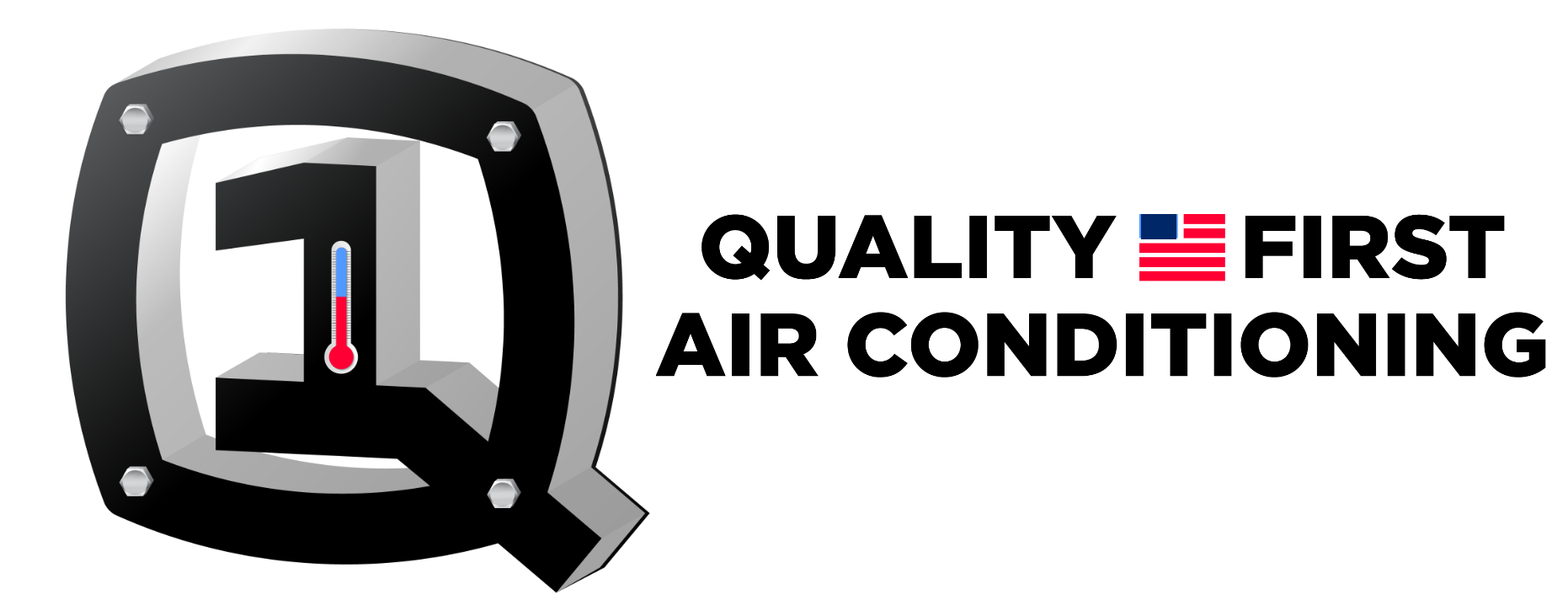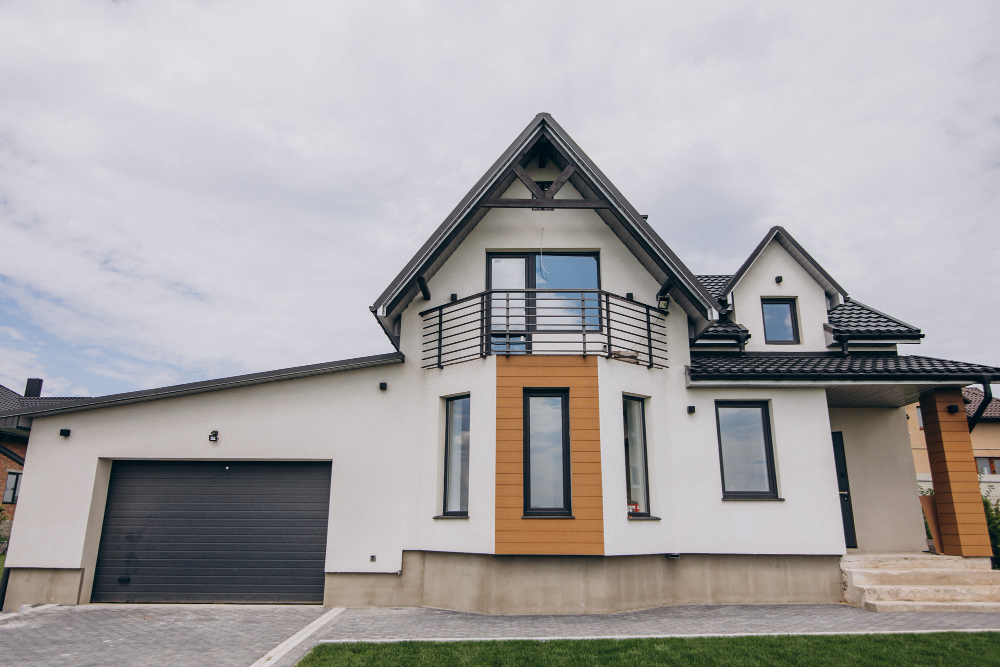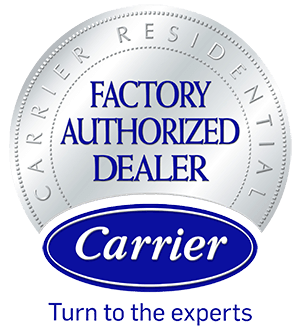-
Helpful Tips to Fix Indoor Air Quality | QualityFirstAC.com
-
5. Ensure Proper Ventilation to Reduce Indoor Humidity Levels
-
6. Use Natural Cleaning Products to Minimize Chemical Exposure
-
9. Control Humidity with Dehumidifiers in High Moisture Areas
Breathing clean air at home is crucial for your health. If you’re looking to improve your indoor air quality and health effects, we’ve got you covered! From simple changes to effective solutions, these tips will help you create a fresher and healthier living space. Say goodbye to stuffy rooms and hello to a breath of fresh air!

In this listicle, we’ll delve into practical advice on how to tackle common indoor air quality issues, including exposure to environmental tobacco smoke and its health effects. Whether it’s reducing allergens or enhancing ventilation, these helpful tips will make a noticeable difference in the air you breathe every day. Scroll down for reviews of our top picks and get ready to transform your home environment!
1. Invest in High-Quality Air Purifiers
Air purifiers with HEPA filters are highly effective at capturing small particles like pet dander and dust, improving overall air quality significantly.
When selecting an air purifier, consider the square footage of the room to ensure proper coverage and optimal performance.
Researching various brands and models allows you to compare features such as noise levels, energy efficiency, and additional filtration technologies for a tailored solution to your indoor air quality needs.
2. Maintain Regular HVAC System Check-ups
Regular maintenance checks are essential to keep your HVAC system in good condition and ensure optimal indoor air quality and health effects. Scheduling annual inspections for homes is crucial to detect any issues early on and prevent costly repairs down the line.
-
Cleaning or replacing air filters regularly can significantly improve the air quality inside homes by reducing dust, allergens, and other harmful particles circulating through the system.
-
Hiring a professional technician to inspect and clean ductwork in homes ensures that there are no blockages hindering airflow, allowing for efficient heating and cooling throughout your space.
3. Utilize Cooking Vents to Reduce Kitchen Pollutants
When cooking, turn on the exhaust fan or open windows to eliminate smoke, odors, and pollutants from your kitchen. This simple step can significantly improve indoor air quality in homes by removing harmful particles.
Regularly cleaning grease traps is essential in preventing buildup that could hinder ventilation systems and indoor air pollutants. By maintaining clean traps, you ensure proper airflow and reduce the circulation of pollutants within your home.
Consider installing a range hood equipped with an effective ventilation system for enhanced air circulation while cooking. A well-functioning range hood can efficiently capture and remove airborne particles, contributing to a healthier indoor environment.
4. Incorporate Indoor Plants for Natural Air Purification
Indoor plants like snake plants, peace lilies, or spider plants are excellent choices known for their air-purifying abilities. These plants can help remove common indoor pollutants and improve the overall air quality in homes.
Strategically placing indoor plants throughout your homes is key to maximizing their air-cleaning effects. Consider placing them in areas prone to mold spores or environmental tobacco smoke, exposure to combat these pollutants effectively.
To ensure that your indoor plants continue to purify the air efficiently and improve the health of your homes, remember to water and care for them properly. Regular maintenance will help sustain their ability to filter out toxins and provide you with fresher indoor air.
5. Ensure Proper Ventilation to Reduce Indoor Humidity Levels
Proper ventilation is crucial for maintaining indoor air quality. Here’s how you can reduce humidity levels effectively:
-
Use exhaust fans: Installing and using exhaust fans in high-humidity areas like bathrooms and laundry rooms helps eliminate excess moisture, preventing mold growth.
-
Consider a dehumidifier: In homes, where exposure to indoor air pollutants can have harmful effects, a dehumidifier can be highly effective in controlling moisture content.
-
Promote airflow between rooms in homes: Keeping doors open between rooms facilitates the circulation of air, reducing the buildup of humidity indoors.
6. Use Natural Cleaning Products to Minimize Chemical Exposure
Opt for cleaning products that are free from harmful chemicals and toxins to improve indoor air quality and health. Eco-friendly options, like vinegar, baking soda, and lemon juice, can effectively clean your home without releasing harmful pollutants into the air.
Creating your own cleaning solutions allows you to control what goes into them, promoting health and reducing exposure in homes. By making DIY cleaners with natural ingredients at homes, you reduce exposure to synthetic chemicals found in many commercial products. This simple switch not only benefits your health but also helps maintain a cleaner indoor environment in homes, reducing exposure.
When selecting store-bought cleaners, always read labels carefully. Look for products labeled as non-toxic and environmentally friendly to ensure they won’t introduce unnecessary biological pollutants or irritants into your living space.
Adopt a No-Shoes Policy to Limit Outdoor Contaminants.
-
Removing shoes at the entrance prevents dirt, dust, pollutants, and exposure from being tracked indoors.
-
Designating a shoe area near the door can help in enforcing this policy effectively.
-
Regularly cleaning and vacuuming floors is crucial for eliminating any residual outdoor contaminants and reducing exposure.
By implementing a no-shoes policy in your home, you significantly reduce exposure to harmful particles. This simple practice not only enhances indoor air quality but also reduces exposure to pollutants for everyone inside.
Encouraging family members and guests to adhere to this rule can be aided by providing convenient storage or racks for shoes near entry points. Consistent enforcement of this policy ensures that outdoor pollutants are kept at bay, especially if you live in areas prone to high levels of pollution or allergens, reducing exposure.
Research indicates that wearing shoes indoors can introduce various toxins like lead from soil into homes, posing health risks—particularly risky for infants who crawl on floors where contaminants accumulate over time. Therefore, adopting a no-shoe rule becomes essential for maintaining optimal indoor air quality, safeguarding against potential health hazards, and reducing exposure to outdoor pollutants.
Remember: exposure to what sticks to your shoes ends up in your house!
8. Regularly Clean or Replace HVAC Filters
Checking your HVAC filters monthly is crucial to maintain good indoor air quality and reduce exposure. By cleaning or replacing them as needed, you ensure efficient filtration of dust, pollen, and other particles that can affect air quality.
For optimal performance, opt for high-quality filters with a MERV rating of 8 or higher. These filters are more effective in trapping smaller particles and allergens, enhancing the overall air quality in your home.
Following the manufacturer’s instructions for filter maintenance and replacement is essential. Proper care not only improves air quality but also extends the lifespan of your HVAC system, saving you money on repairs and replacements in the long run.

Remember that dirty filters can restrict airflow, making your system work harder to heat or cool your home efficiently. By regularly maintaining and replacing filters as needed, you not only improve indoor air quality but also reduce exposure to harmful particles and promote energy efficiency within your household setup.
9. Control Humidity with Dehumidifiers in High Moisture Areas
Placing dehumidifiers in areas like basements and crawl spaces is crucial to combat high humidity levels effectively. By setting the dehumidifier to maintain a humidity range of 30% to 50% and reducing exposure, you can create an environment that discourages mold and mildew growth.
Regularly emptying and cleaning the dehumidifier not only ensures its optimal performance but also prevents the accumulation of moisture-loving bacteria. This maintenance routine plays a significant role in improving indoor air quality by reducing allergens associated with dampness.
Dehumidifiers act as powerful tools in controlling excess moisture, contributing significantly to maintaining a healthy indoor atmosphere. These devices are particularly beneficial for individuals living in regions prone to high humidity levels or those experiencing issues related to poor ventilation.
Perform Radon Testing to Detect and Mitigate Radon Gas.
Testing your home for radon gas is crucial. You can use DIY test kits or hire a professional service for accurate results. High radon levels are linked to lung cancer, making detection essential.
Consult professionals if elevated radon levels are found in your home. They can suggest effective mitigation strategies tailored to your situation. Sealing cracks and gaps in the foundation helps prevent radon gas from seeping into your living spaces.
Radon exposure doesn’t show immediate symptoms but poses serious health risks over time. Taking proactive steps like testing and mitigation can significantly reduce these risks. Ensure regular monitoring of radon levels, especially if you live in areas prone to high concentrations.

Final Remarks
You’ve now got the tools to tackle your indoor air quality head-on. Invest in high-quality air purifiers, keep up with HVAC maintenance, and bring in some green buddies to purify the air naturally. Remember, proper ventilation is key, so crack those windows open! Opt for natural cleaning products and ditch those shoes at the door to keep pollutants out. Don’t forget to change those HVAC filters regularly and control humidity levels with dehumidifiers where needed. Lastly, ensure your home is radon-free by conducting tests.
Take charge of your indoor air quality today – your health and well-being depend on it!
Frequently Asked Questions
Is investing in high-quality air purifiers worth the cost?
Investing in high-quality air purifiers is definitely worth it as they effectively remove airborne pollutants, allergens, and odors from your indoor space, promoting cleaner and healthier air for you and your family to breathe.
How often should HVAC systems be checked for maintenance?
Regular HVAC system check-ups should ideally be conducted at least once a year to ensure optimal performance. This helps identify any potential issues early on, ensuring that your system operates efficiently and maintains good indoor air quality.
Can indoor plants really improve indoor air quality?
Yes, incorporating indoor plants can significantly improve indoor air quality by naturally filtering out toxins and releasing oxygen. They not only add aesthetic value but also contribute to creating a fresher environment indoors.
Why is controlling humidity levels important for indoor air quality?
Maintaining proper ventilation to reduce humidity levels is crucial as high moisture can lead to mold growth and worsen allergies. Using dehumidifiers in areas with excess moisture helps create a more comfortable living environment while preventing health issues associated with dampness.
How does radon testing help in improving indoor air quality?
Performing radon testing is essential as radon gas exposure poses serious health risks such as lung cancer. Detecting elevated radon levels allows homeowners to take necessary steps to mitigate this invisible threat and safeguard their well-being.


























